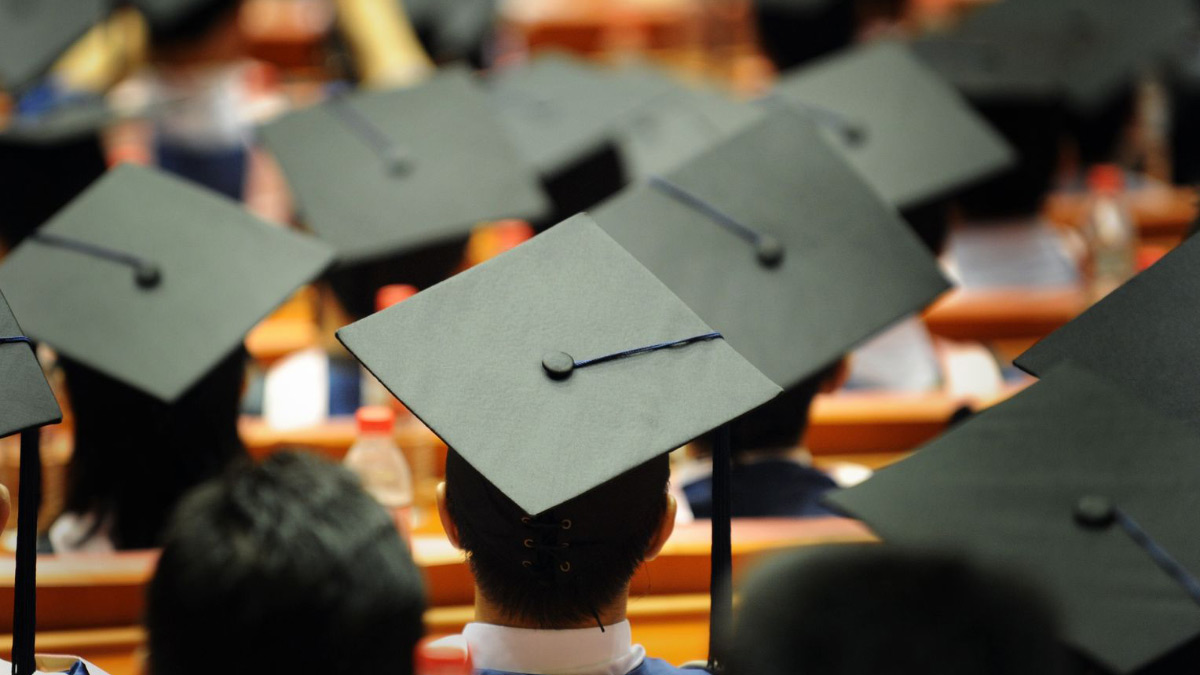In a recent issue of the Chronicle of Higher Education and in a new book, Steven Brint argues that higher education has entered a “golden age.” Graduation from college is widely believed to be a prerequisite for financial and vocational success, American universities dominate in Nobel Prize Awards, and various world rankings of universities are mostly led by American institutions. Brian Rosenberg, president of a fine Minnesota liberal arts school, Macalester College, also writing in the Chronicle, suggests instead we are in a “gilded age” for universities, where the rich schools are getting richer, while the poorer ones are struggling to survive, with increasing numbers of fairly well known schools announcing they are closing or severely retrenching their operations. Inequality within higher education is growing. The elite, prestige schools are doing well, their enrollments are holding up, and their finances are fine. The plutocrats (Robber Barons?) of the modern age are giving huge gifts to rich schools (e.g, Michael Bloomberg’s recent gift of $1.8 billion to Johns Hopkins, a school fittingly founded with a gift from one of the original 19th century robber barons.) Rosenberg argues that the rest of higher education, to a greater or lesser degree, is mostly struggling. Enrollments are down, government support lukewarm and endowments are inadequate. Some moderately high quality colleges such as Earlham and Beloit have announced huge budget reductions, while others (e.g., Green Mountain College) are closing.
While I prefer Rosenberg’s characterization to Brint’s, I am worried that higher education today may more closely resemble an aged institution undergoing very slow long-term decline, rather like Rome after 300 A.D., Venice after 1500, or the British Empire in the 20th century. Rome, Venice and Britain survive reasonably well today, but they are not what they used to be: the sayings “all roads lead to Rome” or “the sun never sets on the British Empire” once meant something, but not today.
There are some early signs of decline. Total higher education enrollments have been falling for the past seven years, an unprecedented historical event during a period of peace (more or less) and prosperity. While America still dominates world rankings of universities, its share of the top 100 or so schools is beginning to decline, as is the proportion of American Nobel Prize winners. Public support is ebbing somewhat, with inflation-adjusted expenditures by state governments lower on a per student basis than a decade or more ago. The press is talking more about non-collegiate paths to vocational success, such things as attending burgeoning coding academies or training in high demand blue collar skills such as welding. Reports of elderly Americans still struggling with paying student loan debt or younger ones forced to delay buying houses or having kids clash with the optimistic rhetoric of the College for All Crowd. The college/high school earnings differential seems to no longer be growing (see my next blog for more), and the risks associated with attending college are becoming more obvious to young Americans.
The relative decline in higher education sadly probably reflects a broader national decline. The growth in national output has fallen markedly over the past two decades, at the same time as sleeping Asian giants like China and India have come economically alive, growing faster than the U.S. did at its prime. The nation may be losing even the means to maintain world wide dominant leadership in higher education.
All of this has led me to write my own critique of contemporary American higher education, Restoring the Promise: American Higher Education Today, out May 1 from the Independent Institute. Over the next two-three months, I expect to write a series (maybe close to 20) blog posts picking up themes in the book, including several possible solutions to some of the current problems besetting the academy. Perhaps like our nation as a whole, higher education has lost some of its planetary edge. It is excessively costly, too little learning is going on, and there is a significant mismatch between student vocational expectations and labor market reality. Add to that other problems: growing administrative bloat, corruption in costly intercollegiate athletic programs, a stifling of free speech, a decline in intellectual diversity, etc. Not a particularly uplifting story, but one needing to be told. Stay tuned.













